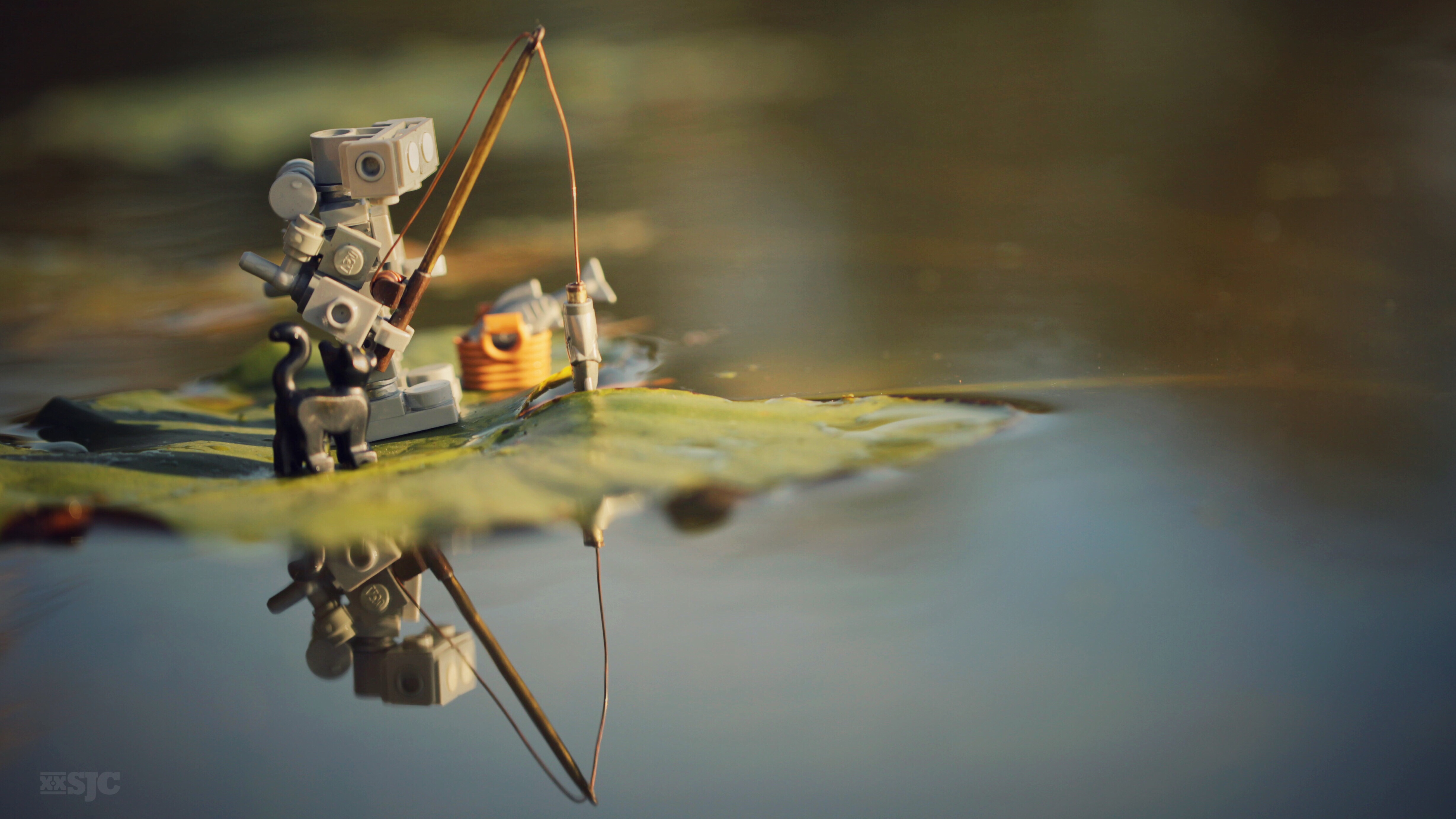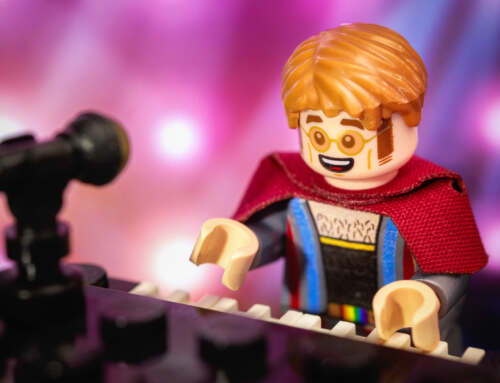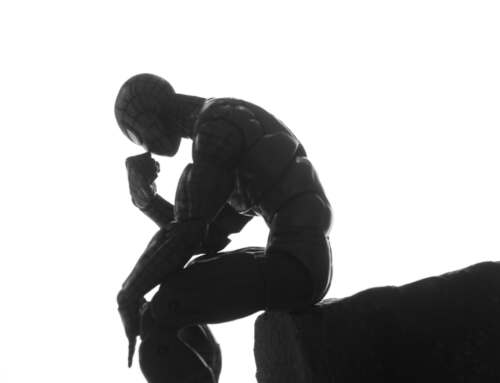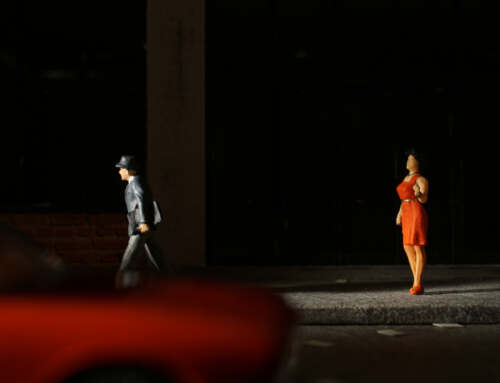Earlier this year I bought a book, “101 things to Learn in Art School” by Kit White to inspire future blog posts. I was getting tired of my other “go to” books “Steal like an Artist” and “Art and Fear’; plus I was interested in seeing what I missed in my own early art education.
There are a few potential posts brewing in my head from this book, but right now I keep coming back #35:
“Sincerity is a non-value in art.” – Robert Storr, lecture at Pratt Institute
Once a work of art leaves the studio and arrives in the larger world, your sincerity is a weak predictor of the work’s success. Outside of the studio, your work must stand on its own and reveal itself without your being present to defend or explain it. A sincere artist can make weak work, and in insincere artist can produce masterpieces. Don’t try to defend a work’s shortcomings with protestations of good or sincere intentions. It isn’t part of the larger world’s criteria of judgment. – Kit White
For me this hits really close to home. Why? Because I would classify my work as sincere. I think it resonates with a small handful of like minded individuals, but not much beyond that. The rest of the world shakes their collective head and says: “So what?” Ok, maybe thats a little harsh, but I think it’s true to some extent. Just because I want my work to be liked, respected and appreciated beyond the toy photography community, doesn’t mean it will be.
So the big question is: “Does it matter?” Is sincerity enough? Does toy photography need to be seen as art? Or is making interesting and pretty pictures that bring joy and happiness to both the creator and a like minded audience enough?
If sincerity doesn’t matter, what does matter? What are the criteria art is judged by? Should I start using toys to reflect current events like @Legojacker or showing how war affects children like the War Toys Project or showcase how insignificant we humans are like Slinkachu? Can only serious photographs be considered “art” and happy photos of toys automatically classified as sincere and kitsch?
I don’t have the answers, nor do I expect you to either. I am a very sincere toy photographer and I don’t think that is enough.
~ xxSJC
What criteria do you use to judge art (and if art is too strong of a word to use, substitute photography)?







#butfirstletmeaskanotherquestion
Who defines what’s art?
Ok, surely many people have defined this before and many more will have agreed with those. But I, too, want to ask: Does it really matter? I know I’m in a super convenient position as this is ‘just’ my hobby; sure I’m happier with it when I get compliments or positive feedback. But what’s most important to me is that I’m happy with it. And my definition of what’s making me happy about my pics is ever changing. It is influenced by what I see, what I hear, what I read…
(and as for my very own idea of art: I admire others’ work when I spy some kind of craft. If this craft is highly evolved then to me it’s art)
The first lesson in the book is “Art can be anything.” and we can blame / credit that conceit to Marcel Duchamp the man who gave us a urinal and called it “art”. So I am not going to take the bait on this one Stefan. I will simply say that you (like me) are probably in the camp of enjoying toy photography for what it is and that is enough.
Guessing I am getting the point: it´s easy for me to say I enjoy what I do and that´s enough. But what if you want to have more acknowledgement? Maybe it´s in one´s own attitude? This is a great topic to discuss over a glass of wine…maybe on a future toysafari?
Stefan no matter where you come down in this topic (and its a tricky one) either as an artist or hobby photographer, you have to grow or go. Of course growth can be defined in many different ways. For me growth is stagnate and I am frustrated. Maybe a glass of wine would be helpful?
I’m far too stubborn to either grow or go 😉 This glass of wine is on me. Skål, Shelly.
I don’t get it. I don’t know if it is because I am not an English native speaker, because I don’t know a lot about art or because I the quote is out of context. (Or maybe it’s normal to not get it?)
What sincerity has to do with art? “A sincere artist can make weak work, and in insincere artist can produce masterpieces.” And why wouldn’t the opposite be true? I am not sure I understand what “sincere” means in this content but I triple checked its definition in a dictionary and I did not learn anything new. At first thought I could easily agree with the statement that “your work must stand on its own and reveal itself without your being present to defend or explain it”, but then I don’t understand what it has to do with sincerity?
(At second thought I can’t even agree with this premise as I have seen many “art” pieces in very prestigious art museum that only a small fraction of humanity could understand without someone explaining what it means. Even with such an explanation I have concerns that most people, myself included, will still not understand…)
Apart from that, the more I think about it the more I have difficulties being able to agree with someone that pretend toy photography is not art. Looking for the nth time in a dictionary to check what art means, it’s more or less a synonym for craft with an emphasis on aesthetics rather than utility. Taking that into account how can toy photography, and in particular what you call happy toy photography, can be different from any other type of photography such as landscape, wildlife or portrait photography?
So my opinion about it? I think this is just nonsense from people that believe to have any kind of authority to determine what is (good) art and what is not. Really, nobody should care about these persons.
On the other hand I can quite understand your point of not being considered right by others, mainly non-toy photographers. I often feel like there is something awkward when interacting with other photographers. Like I don’t do something serious or complicated, just pointing a camera at toys. (Aren’t they doing the same with landscapes, people or animals?) Or maybe it is just a wrong impression I have. Anyway toy photography is probably neither the first nor the last form of “art” to suffer from people pretending to have the right to not call it art. Photography, cinema or comic book had experienced something similar. I can’t see the future and what will be the state of toy photography but I have no doubt things will eventually change.
Seems like I just can’t stop thinking about it. How many great artists made art without having a big and deep message or purpose. I mean for centuries painting was only used to illustrate the bible or depict powerful people. What was the purpose of Picasso’s or Monet’s paintings if not simply showing the beauty of it? I really don’t see where there’s a problem with that.
Ok I am going to give you a very concrete example of sincerity not being enough to separate kitsch from art.
https://www.washingtonpost.com/lifestyle/style/george-lucas-to-feel-the-true-force-of-star-wars-he-had-to-learn-to-let-it-go/2015/11/27/d752067a-8b1f-11e5-be8b-1ae2e4f50f76_story.html
I think this newspaper article lays out pretty succinctly that the “sincerity” of George Lucas did not save him from the disastrous response to his prequels or his lack of participation in the next wave of movies.
I grew up in an atmosphere where photography was never considered an “art”. This has changed a somewhat but because it can be sold in multiples and not as an original, that it is a mechanical process not done by hand and a relatively recent form of creative expression, it will always have some explaining to do. So your argument that toy photographers are like landscape and portrait photographer is accurate. They probably would be considered “art” either.
Photography has changed (or not changed) in the last 100+ years. It has always been the people’s art form (a way to be painters without having to paint). With the advent of camera phones and Instagram this has never been more true.
When you talk about art created by and for the church or work created by the impressionists you can’t divorce any of it from what was happening at that time in history. People forget that art is not made in a vacuum it is a reflection of the world. Plastic toy photography is certainly a reflection of ours.
You might not like (or agree) with my post, but I am here to start a discussion and get you thinking about what you are doing.
I think you successfully achieved the goal of making us think about what we’re doing. Or at least you did it with me. After writing my last comment I spent a lot of time thinking about it for a few days. But it’s only now that I have been able to force myself to take time to write a reply.
I never said I don’t like your post. If that was the case I wouldn’t have taken time to write a comment. I can’t even say that I disagree with it. What I’m sure is that I understand your concern of trying to reach beyond the toy photography community and I realize that it was maybe not really visible in my previous comment.
After having thought about Kit White’s quote (I think) I finally understand it and could summarize it as “sincerity is not what is not enough to get recognition”. (Please tell me if I am still wrong!) But like Stefan I instinctively want to ask who defines what is art? Or with other words: by who do we need to be recognized?
Maybe it’s just me being photographically/artistically immature but I tend to be optimistic. I have no doubt that toy photography will eventually get recognition outside the community if it continues to grow in terms of size and maturity. Again I am maybe naive or can’t see the bigger picture well but I have faith that it will spread. And if it happens, I think we’ll owe you guys at Stuck in Plastic a big part of it.
I thought I lost you on this one! Thanks for responding back. 😀
I think we all need to make art for ourselves. It is for others to even call it art, it certainly isn’t for me. Like you I am optimistic that our little community will get some recognition at some point. In the mean time I am going to try to do the best work I can and incorporate all that I have learned from my fellow blog mates and from our readers like your self. The big picture will take care of itself. 😀
S
A corollary to this is that spending a lot of time and effort on a work of art doesn’t necessarily make for a great work of art. The disconnect between effort expended and outside recognition can be a huge problem for artists, as for anyone — including students. An education study a few years ago showed that students work hardest when their work is associated with achievement. Those whose work doesn’t seem to pay off, and those who reap rewards without doing any work are the ones who slack off or give up.
Lyn,
No truer words were ever spoken. It is a mystery to artists why some work “hits” while other work doesn’t. That disconnect, as you say, is frustrating and it certainly makes keeping motivated a challenge. Thanks so much for your insight!
Shelly